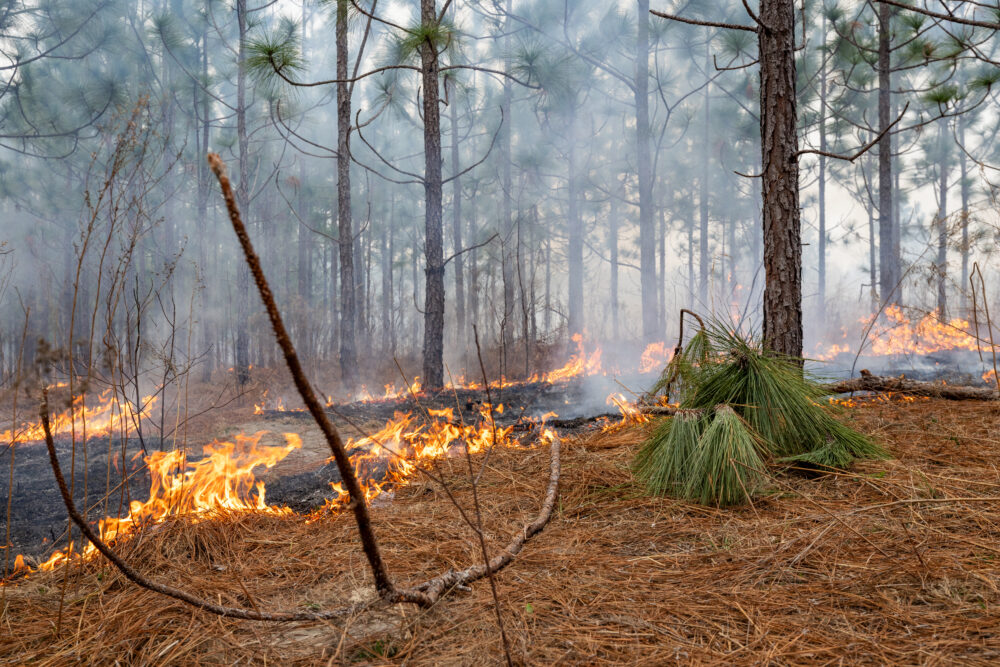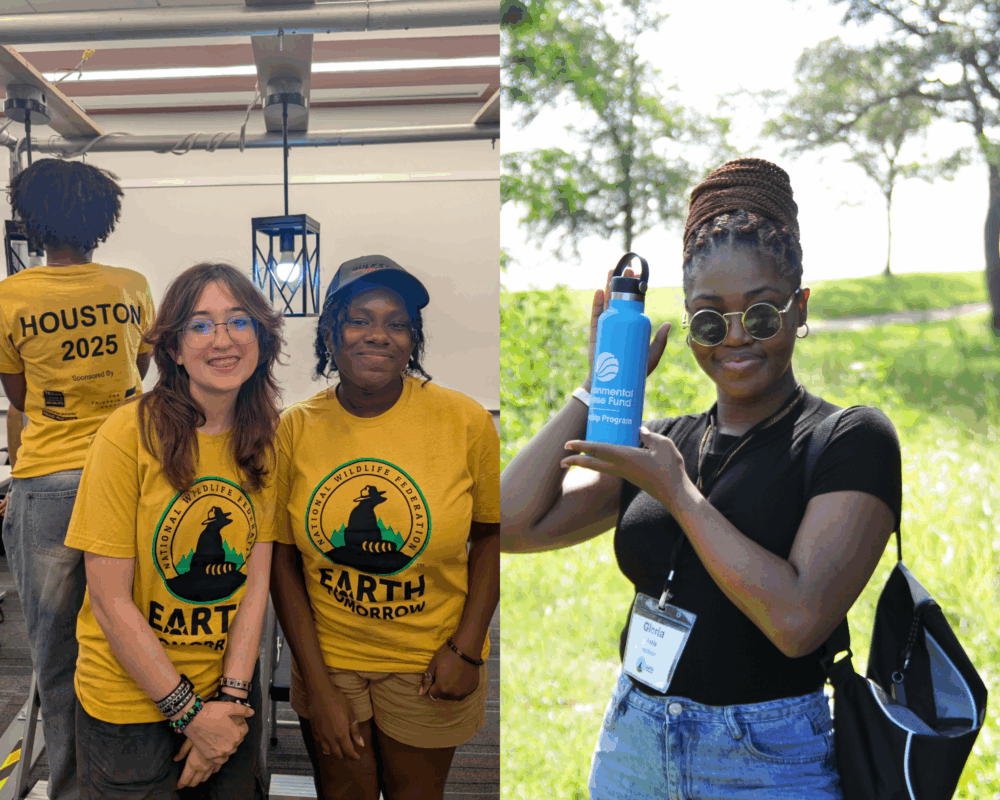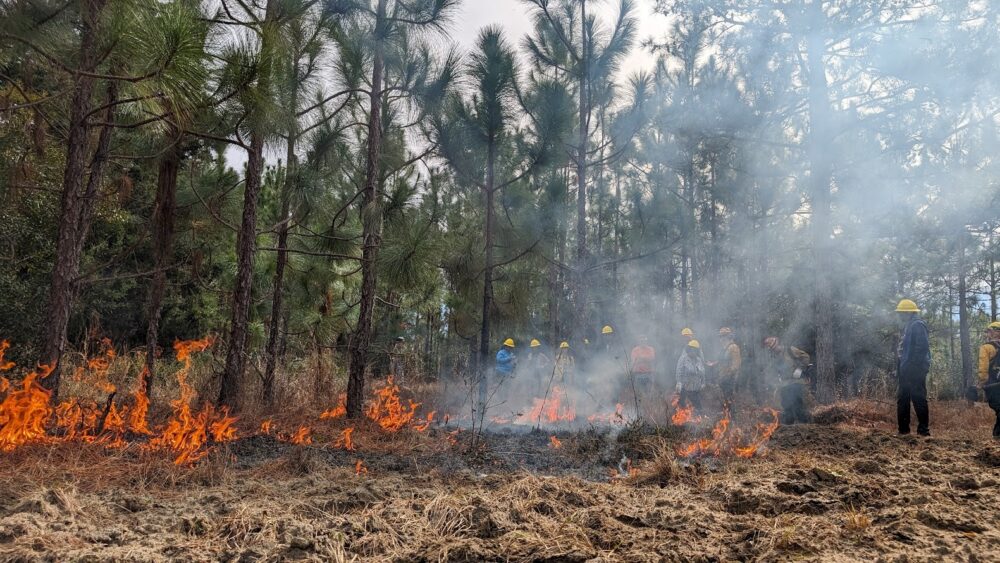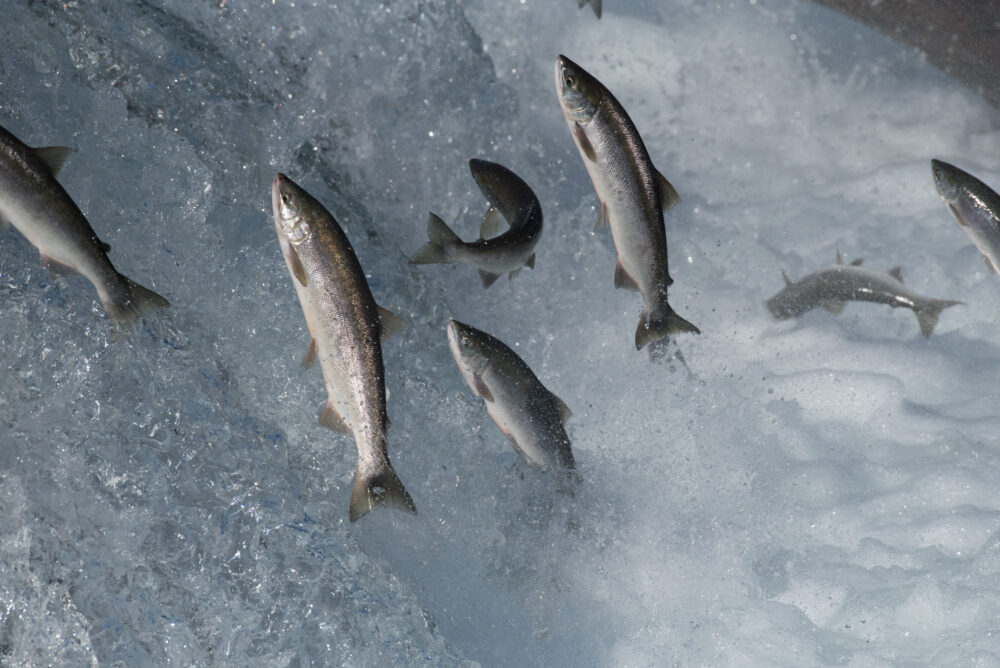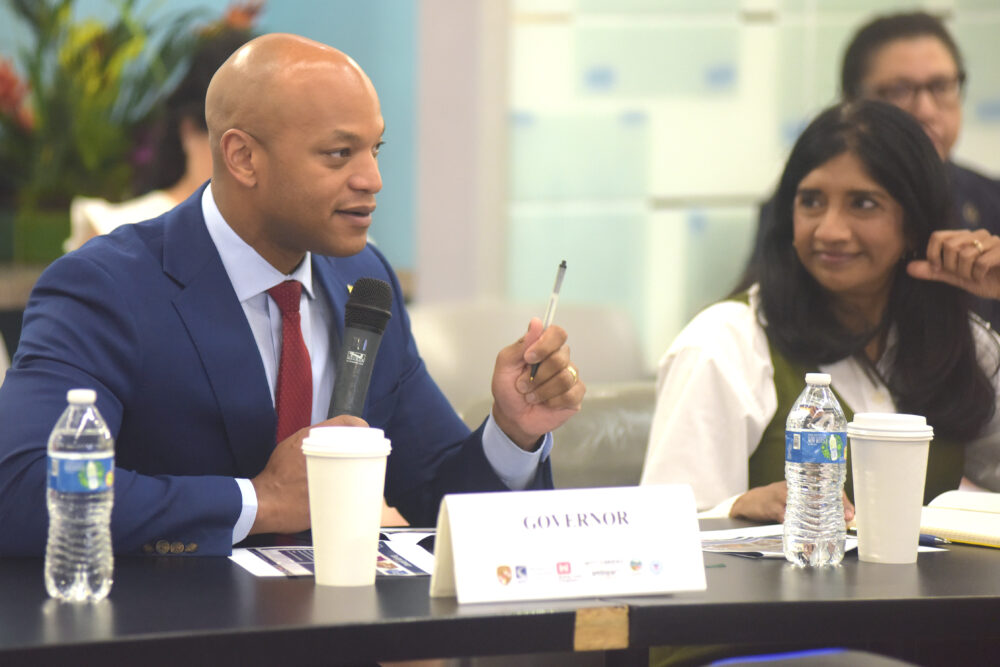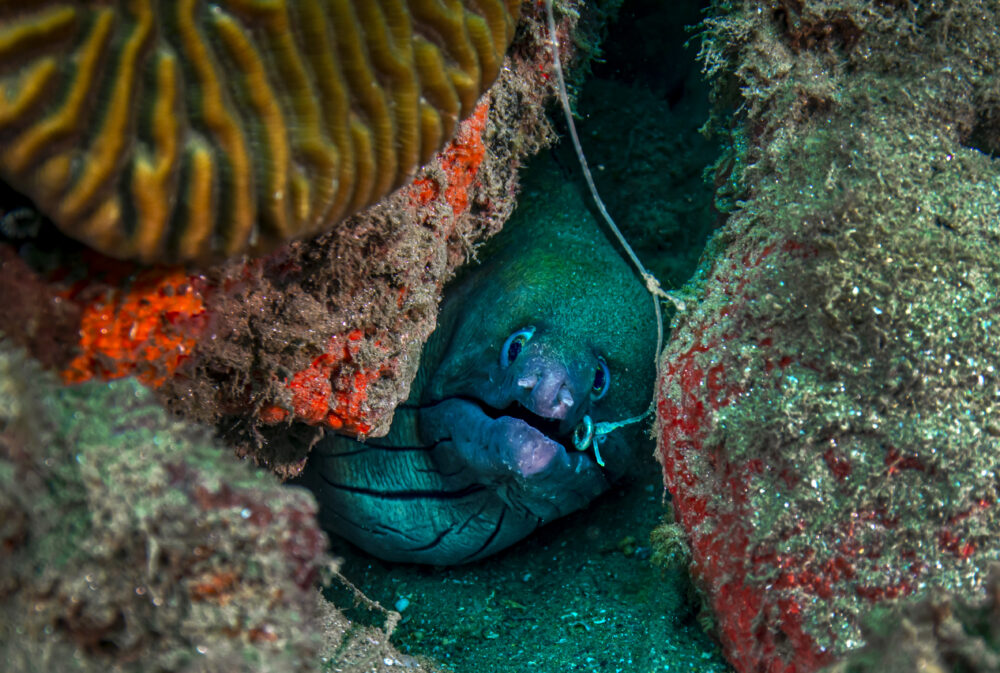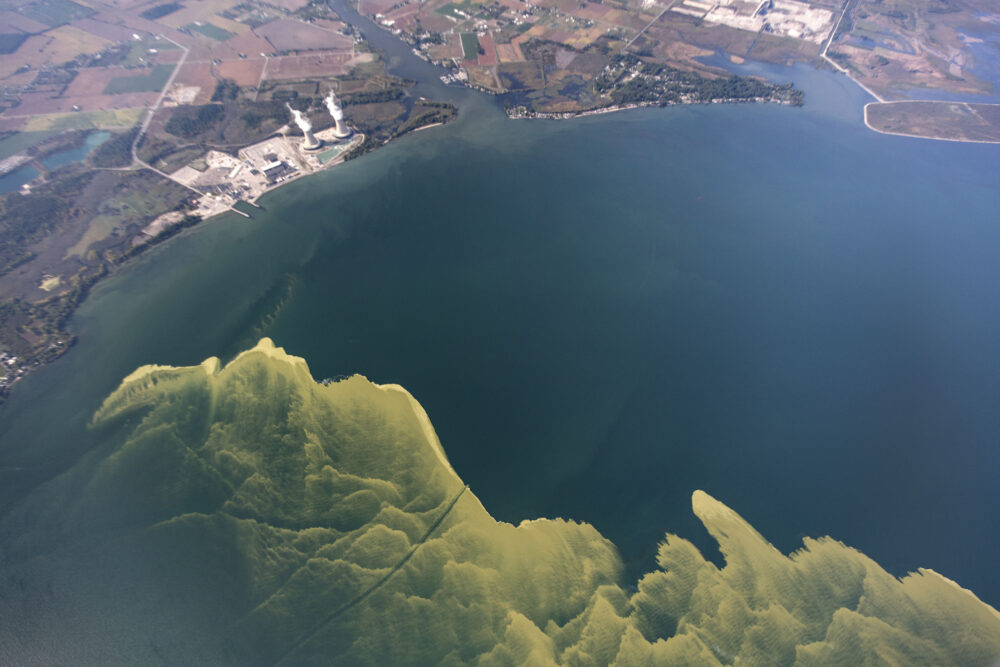We have much more to do and your continued support is needed now more than ever.
Twenty Years After Katrina, Hurricane Highway Still Awaits Restoration
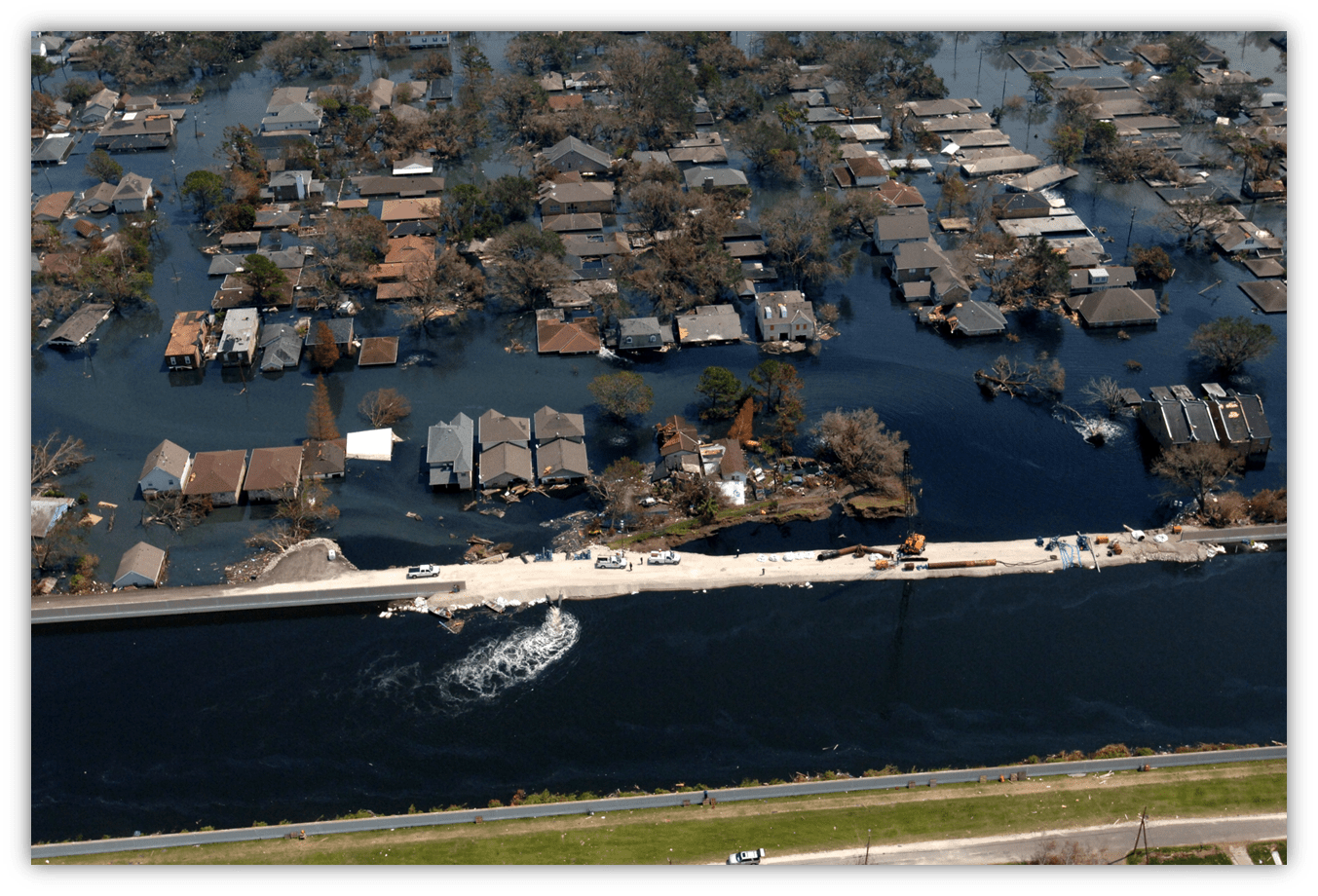
Like thousands of other people who wanted to help, I moved to New Orleans after Hurricane Katrina devastated southeast Louisiana and the Mississippi coast. I watched the aftermath of Katrina on television with the rest of the world, as well as the documentaries that followed. Three years after Katrina, I took a job with NWF in Louisiana to restore the wetlands and help protect communities from the next storm. My new role was to lead outreach efforts on the Mississippi River Gulf Outlet, called “Mr. Go.”
I had never heard about Mr. Go, but within a few months, with generous guidance from community leaders, scientists, and policy experts, I was completely immersed. I was also humbled. This issue was mind-blowing in terms of coastal impact and community injustice. Most of my time was spent in some of the hardest-hit communities in New Orleans and neighboring St. Bernard Parish, where the Mr. Go played a role in the complete destruction of communities and hundreds of deaths from the intense floodwaters that inundated through numerous levee breaks.
Mr. Go: A Horrible Idea with Horrible Consequences
The Mississippi River Gulf Outlet was a 76-mile-long deep-draft, federal shipping channel built in the 1950s to serve as a shortcut between the Gulf of Mexico and the Port of New Orleans. Those who wanted it promised an economic boon to the communities along the channel.
The coastal communities knew better and opposed it, but by the early 1960s, the largest civil works project in the history of the United States was completed, moving more dirt than was moved with the digging of the Panama Canal—and the saltwater followed.
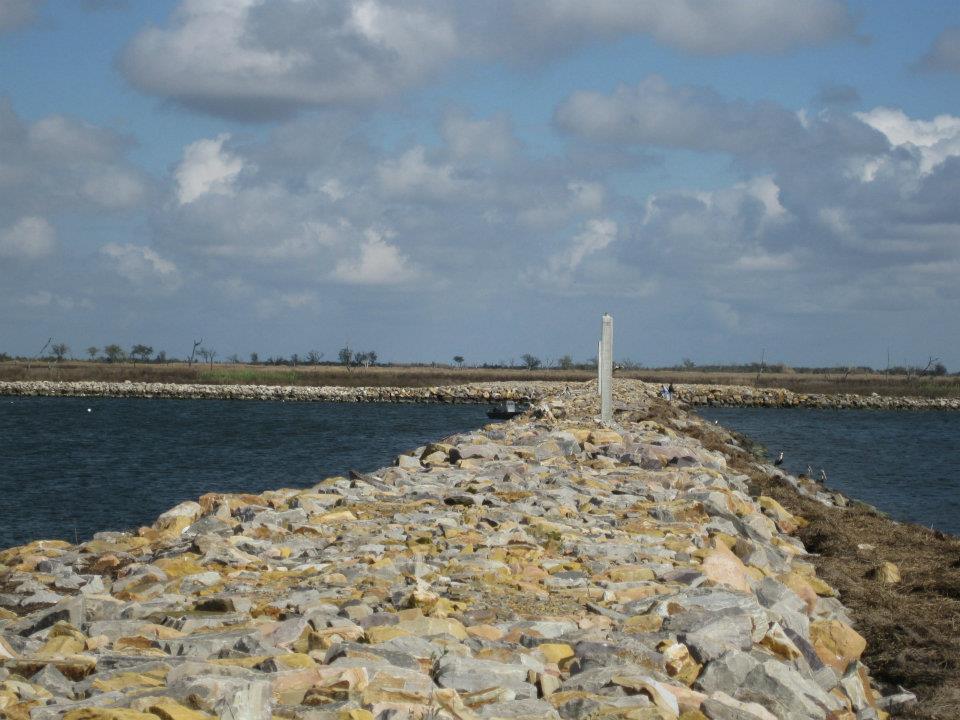
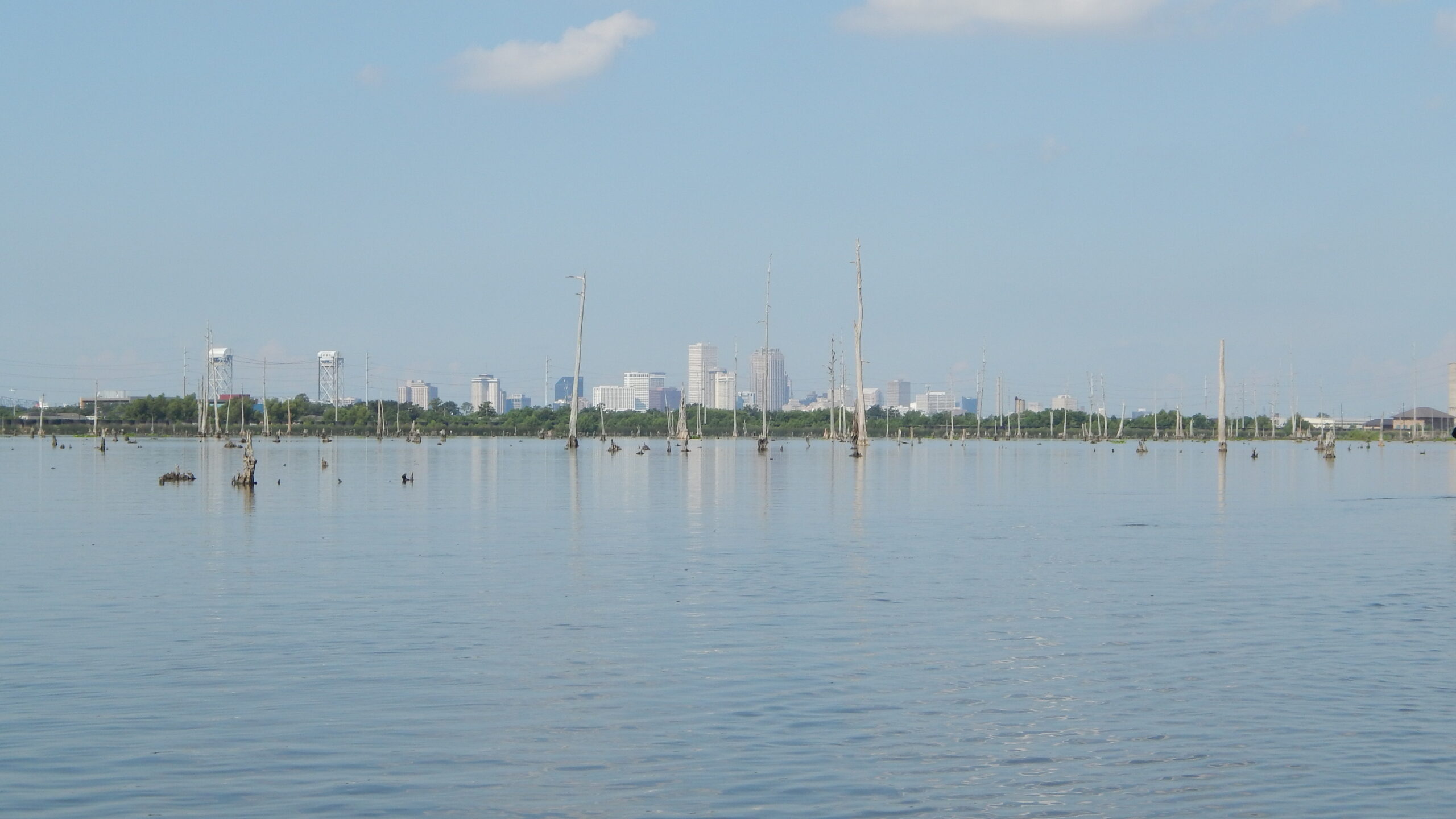
Turns out, digging a channel from salty Gulf waters directly into a freshwater swamp was a sure way to destroy the coast. Immense erosion ensued. Protective coastal habitat vanished. Cypress swamps turned into brackish swaths of dead trees. Oyster grounds died.
One Million Acres of Habitat Impacted
Today, we know that Mr. Go destroyed or degraded over one million acres of coastal habitat that protected and surrounded New Orleans and St. Bernard Parish. The federal shipping channel was operated and maintained by the Army Corps of Engineers. Reports show that the agency acknowledged the channel’s destructive impacts to the environment for decades, but the Corps continued to operate the channel. Before Katrina, Mr. Go was already known by locals as the Hurricane Highway. They called for closure without success.
Hurricane Katrina on the Hurricane Highway
Unfortunately, it took the worst hurricane the U.S. had ever experienced to close Mr. Go. During Hurricane Katrina, Mr. Go acted like a funnel for storm surge, with levee breaks all along the eroded shipping channel and extreme flooding in adjacent areas like the Lower 9th Ward and St. Bernard Parish.
The Lower 9th Ward endured 20 feet of saltwater surge. After the storm, there was no confusion in local communities about what had happened. Folks knew Mr. Go put their communities at great risk. Scientists and engineers studied the flooding and verified that Mr. Go played a significant role in Katrina’s catastrophic flooding.

Closing Mr. Go and a Call for Restoration and Justice
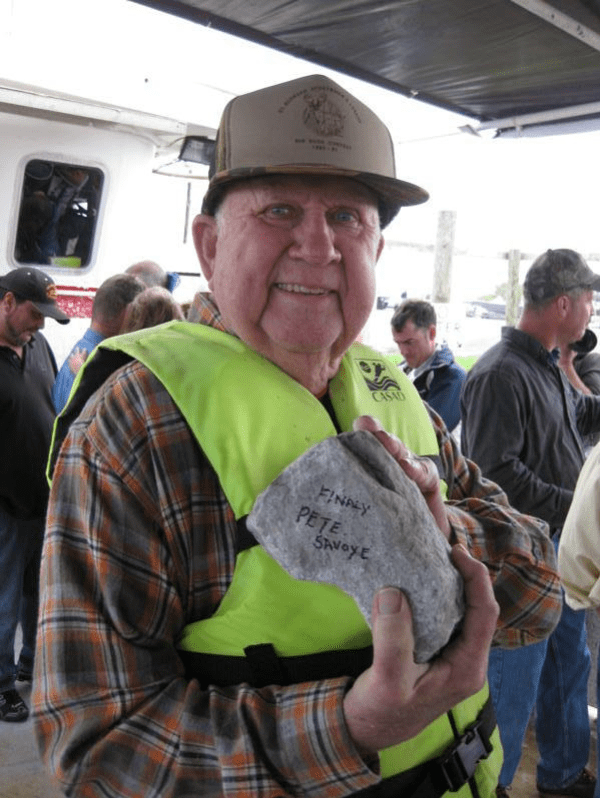
After Katrina, neighborhood organizations, local governments, and conservation groups organized and called for the closure of the channel. Congress acted in 2007, calling for closure and asking the Army Corps to develop a plan for ecosystem restoration.
The channel was closed to navigation in 2009 with a rock dam in St. Bernard Parish. I was able to attend the ceremonial rock-throwing with elders and other local leaders—a quiet and misty morning on a fishing boat. This was a very special moment for people who’d fought for decades, saw their beloved coastal wetlands destroyed by Mr. Go, and then saw their community destroyed in Katrina.
They wrote personal messages on rocks before tossing them into Mr. Go near the area where the rock dam was to be constructed. Pete Savoye, who’d spent much of his life fighting against Mr. Go, wrote “Finally,” and showed me the rock for a picture.
After the rock dam closure, community stakeholders worked with the Army Corps to develop the restoration plan for the ecosystem impacted by Mr. Go. In 2012, the Mississippi River Gulf Outlet Ecosystem Restoration Plan was finalized, and the Army Corps recommended $1.2 billion of restoration projects to Congress for implementation.
This is where things stopped for a decade for the federal government.
Due to a dispute over the intent of the 2007 legislation and who was to pay for the restoration, the 2012 plan sat on a shelf for almost a decade. Community groups, local governments, and conservation organizations kept the pressure on and worked to get clarification from Congress. They also worked with the State of Louisiana to ensure any available coastal resources would go toward restoration along the MRGO in the meantime.
The State understood the importance of the restoration, and they moved important projects forward while also working with stakeholders to ensure Congress acted. The State alone could not implement the immense restoration needed along Mr. Go, and it was, after all, a federal responsibility. In 2022, Congress clarified that implementation of the Army Corps restoration plan was to be at full federal expense.
Right the Wrong
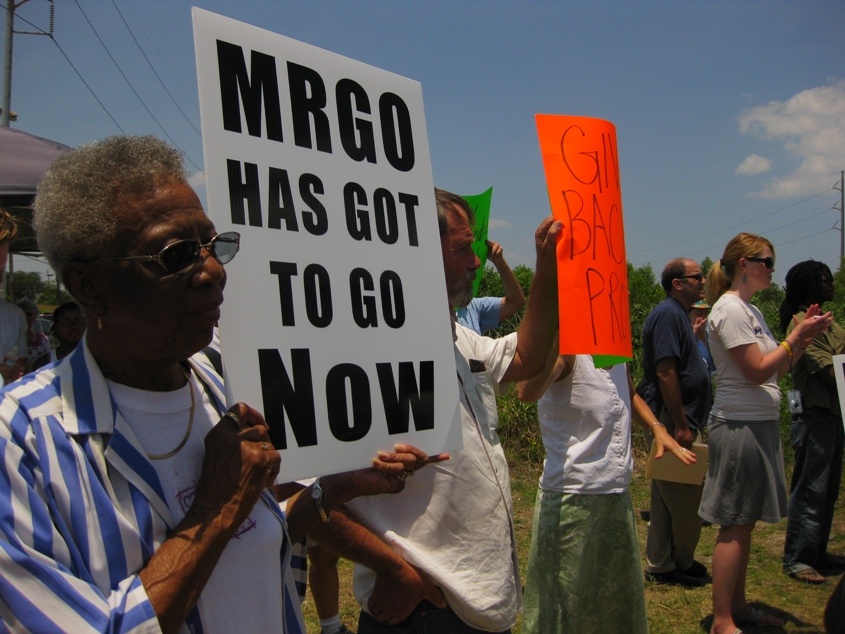
Today, 20 years after Katrina, and three years after clarification that the federal government must lead on restoration along the Mr. Go, the federal government is not moving fast enough to finally address the impacts of their disastrous shipping channel. Twenty years after the storm, the Army Corps has yet to implement one project in its restoration plan. The Army Corps should treat this restoration as a top priority and move forward with the urgency that is deserved.
One thing is for certain—communities are still recovering from the impacts of Mr. Go. Storms are barreling through each hurricane season. The coastal wetland buffer that protects the levee system in New Orleans needs restoration after Mr. Go degraded the coastal landscape of southeast Louisiana. Restoration is overdue. It’s time to right the wrong.
Show your support for the restoration of coastal habitats and protection of communities along the Mississippi River Gulf Outlet. Tell the Army Corps to right the wrong!

